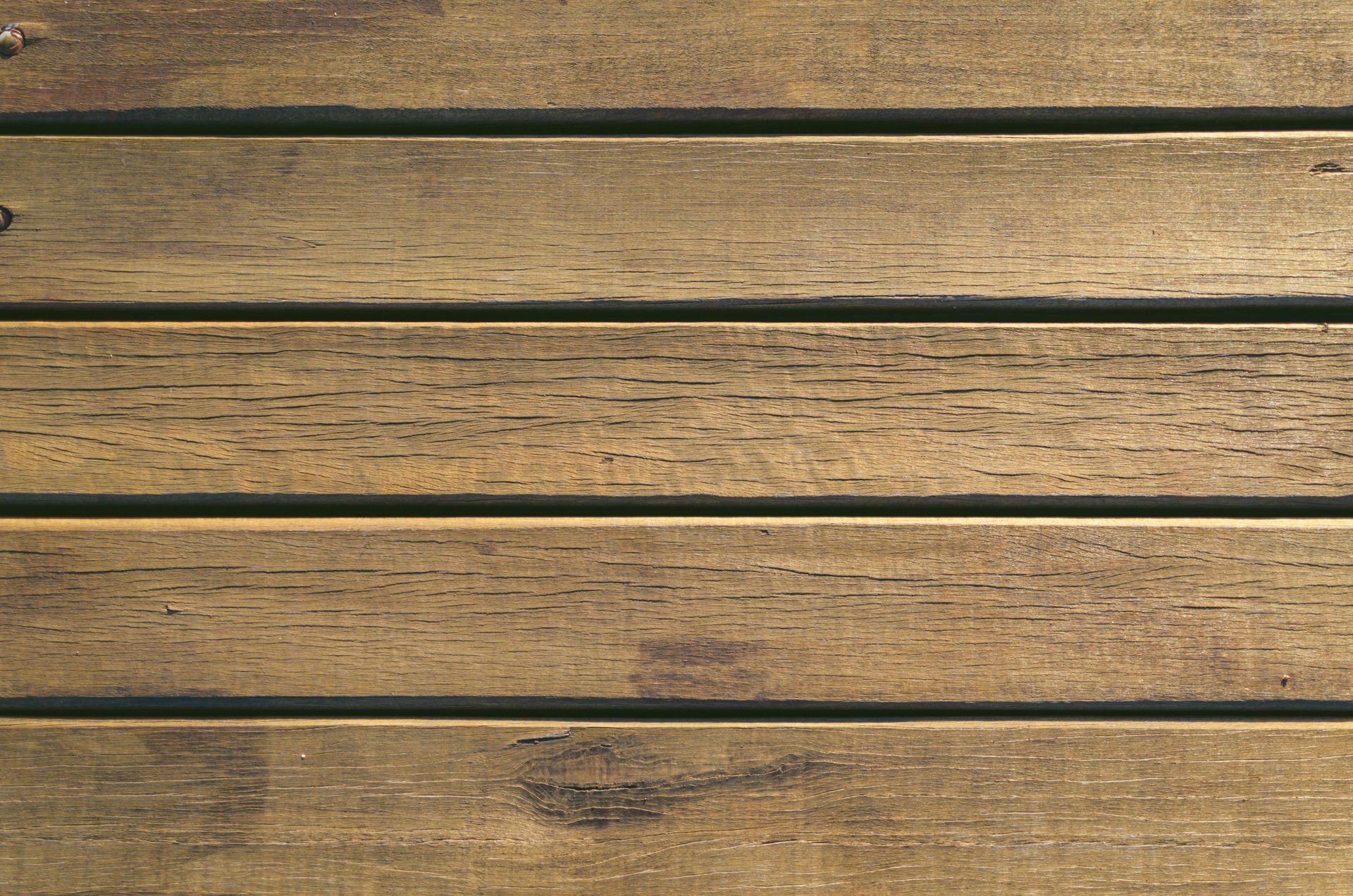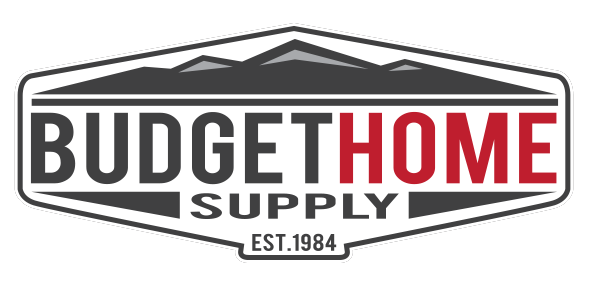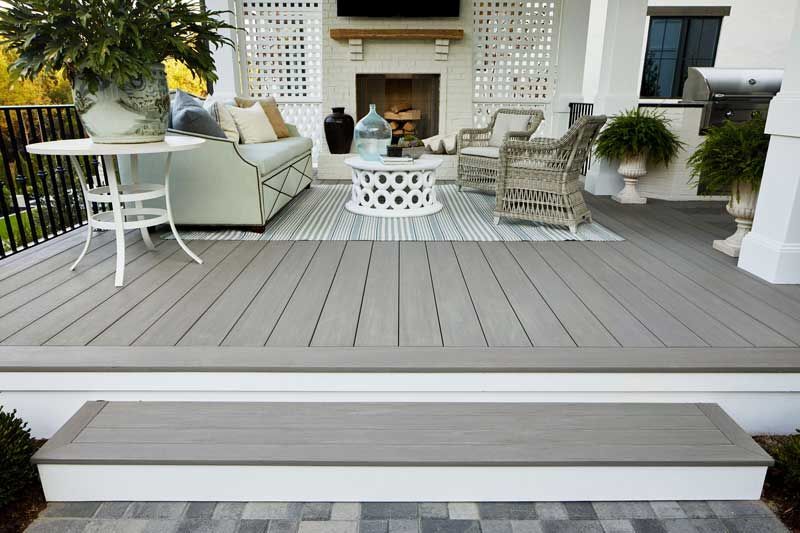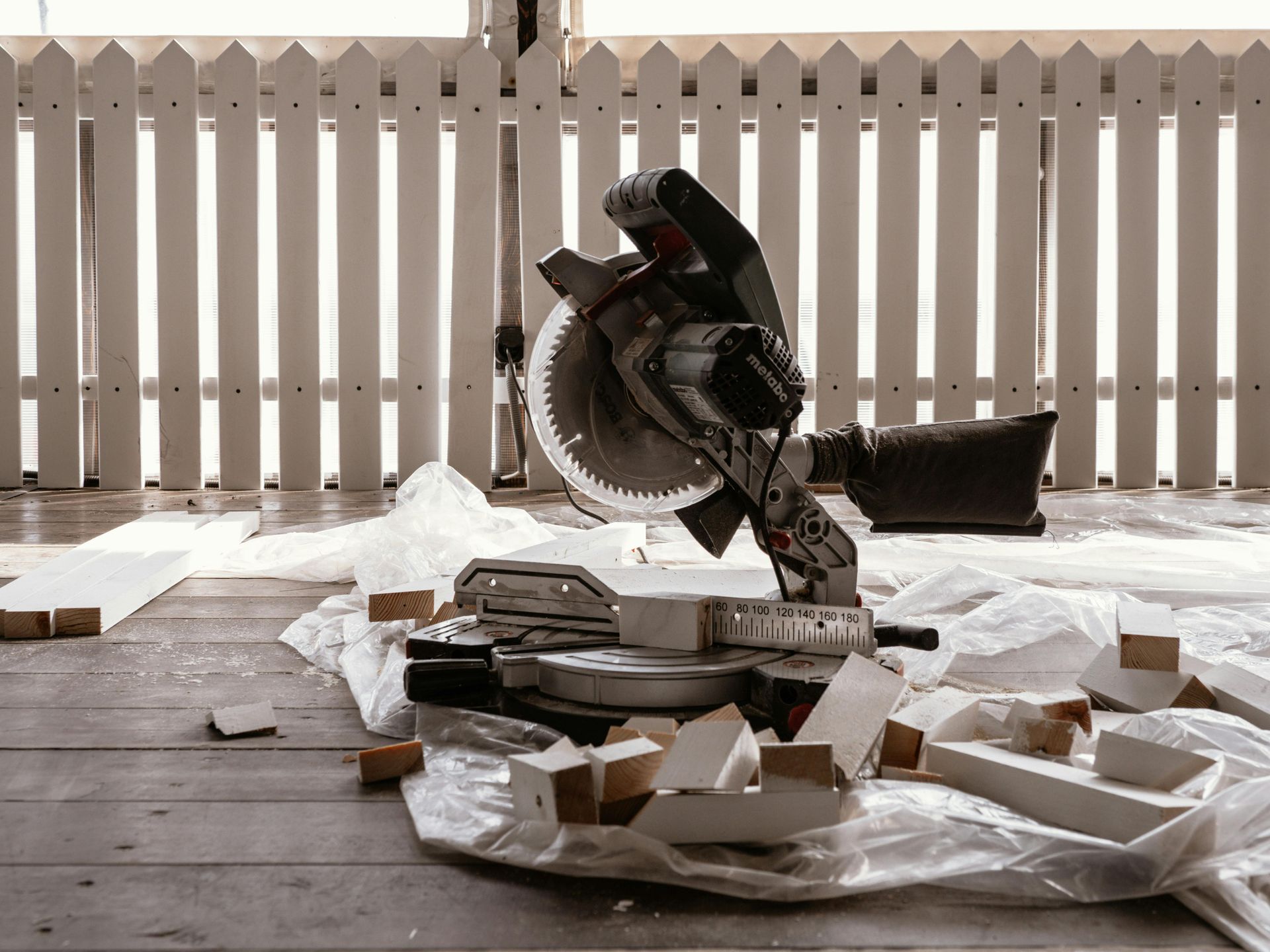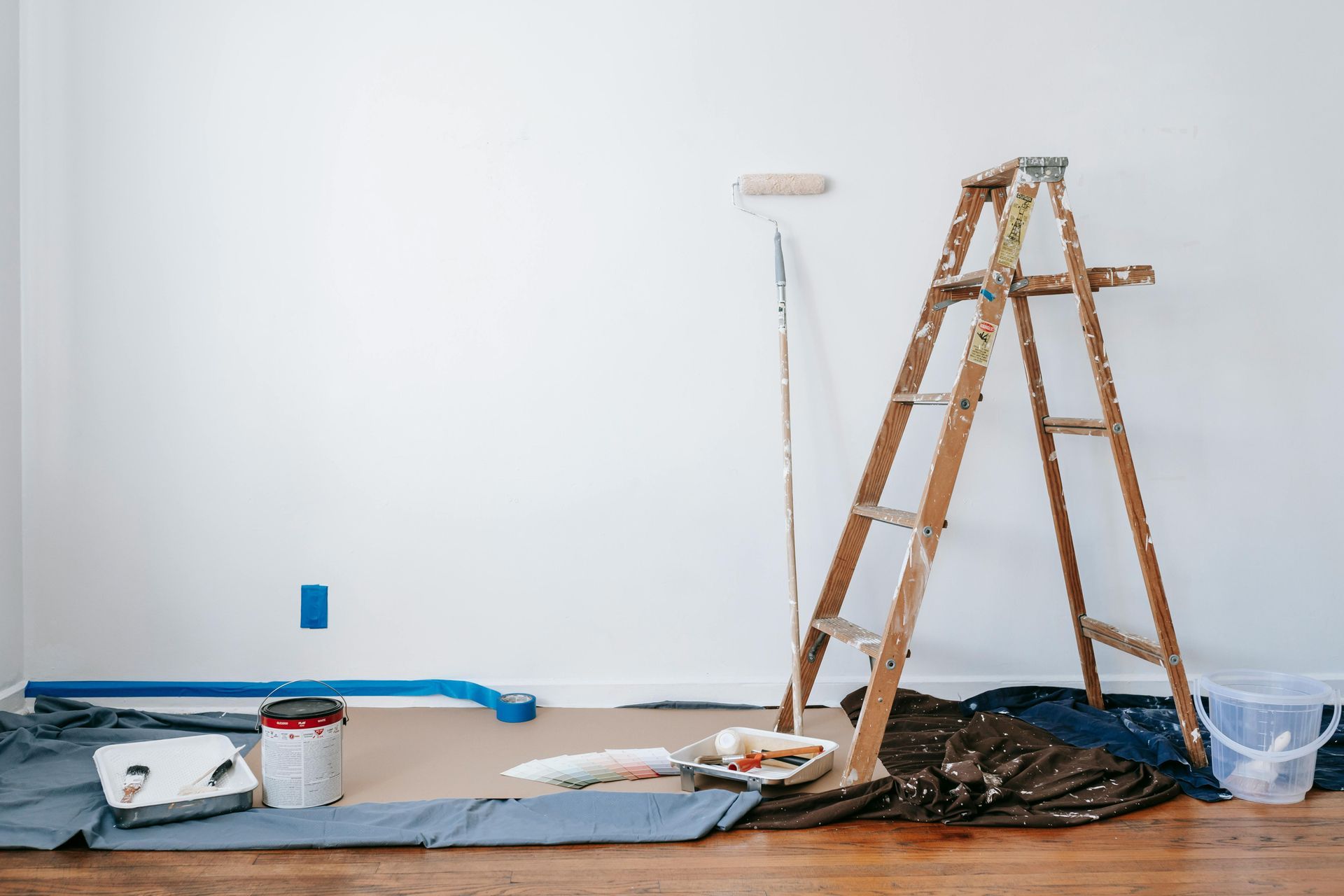The Best of Both Worlds Decks
Classic wood has been a favorite of all kinds of home design and building for millennia. Lumber in Boulder is a natural home building material, and it adorns all who see it. Wood decking is an attractive option. However, it must be properly maintained and taken care of as it is vulnerable to the elements. Boulder residents who own homes should visit their local Boulder hardware shop to learn more about composite decking, which is the fastest-growing alternative to wood decks. Trex, a brand that makes this innovative product, offers it. It is made of a mixture of plastics and wood fibers. The binding agent is added for stability. This innovative resource for home decor combines the beauty of wood with strength and resilience. It also requires less upkeep. Many companies that specialize in this product offer strong warranties to protect their customers' investment. Trex decking in Boulder, for example, boasts a 25-year "Limited Fade & Stain Warranty".
Low maintenance
Although this decking is more expensive than its natural wood counterparts it is still more affordable when you consider the cost of maintenance and expected lifespan. Due to their longevity and durability, these decks can increase the market value of homes. Higher-end hardwoods can be more expensive and require costly maintenance. Composite material does not require sealing or treating. It can be cleaned easily and is designed to withstand different weather conditions and temperatures. These factors help to avoid the disappointment and cost of warping, cracking, fading, rotting and mold. Termites and other insects are not a threat to your plant's health.
Some manufacturers add an additional layer of hard shell to their decks to increase strength and reliability. Decks can withstand water absorption rates of less than 1% for the entire life of the material. They are designed to last 30 years or more. Only a third of wood decks can last that long. This building option is made with a special texture that's non-slip and safe for rainy seasons. It also prevents splintering. Young and old can walk barefoot without fear of getting slits. There is also no need to be concerned about sharp or jutting edges.
Aesthetic Variety
You can create styles that are modern, natural and warm depending on your preferences. To maintain the attractive appearance of the material, there is no need for it to be treated, stained, or finished. Traditional woods and timber come in a variety of hardness categories and each material interacts differently with the environment. This means homeowners may need to compromise their aesthetic preferences to get a higher level of resistance to the elements. There are a few options when it comes to structure preference. "Honeycomb", or structured, is a lightweight and economical option. Simple solid boards are great for high traffic areas. "Capped" solid boards are made with extra plastic and are more durable and can withstand harder wear.
Trex offers this special product. It can be easily cut with standard woodworking tools at any boulder hardware shop. This makes it a pleasant medium to work with and easy to arrange. You can still create complex patterns and designs with this product, as well as mixing and matching the many colors, shades, shapes, and forms available in the composite market. This eliminates the need to use chemical colorings or extra effort to change the color of regular wood. This medium can be combined with many shades to create a beautiful highlighted effect. Composite decking has the same appealing outdoorsy look as wood but offers many benefits.
Environmentally sound
Boulder's composite decking is made mostly from recycled plastics and lumber. This allows for the reuse of unwanted scrap that would otherwise be thrown away in a landfill or left to fester. You may find it strange that a product made of plastic is preferred to pure wood. This is because the product will be more in harmony with the environment. Both hardwood and soft wood have negative environmental consequences in modern times. One is that the first wood processing must include a treatment with pesticides to stop insect damage and burrowing. Hardwood isn't a plentiful resource because it requires large trees that take a while to grow. Large amounts of hardwood are often cut down and brought from tropical lands to hardware shops in every part of the United States, even the Boulder area. The lumber industry is responsible for the excessive clearing of tropical forests. After the hardwood has been installed on a homesite, it will require chemical treatments each year to keep it in good condition. Softwood also requires chemical treatments every other year. This is in addition to an initial round. Chemicals of any type are harmful to human health, and the ground and other natural life forms in which they may leach, for that matter.
